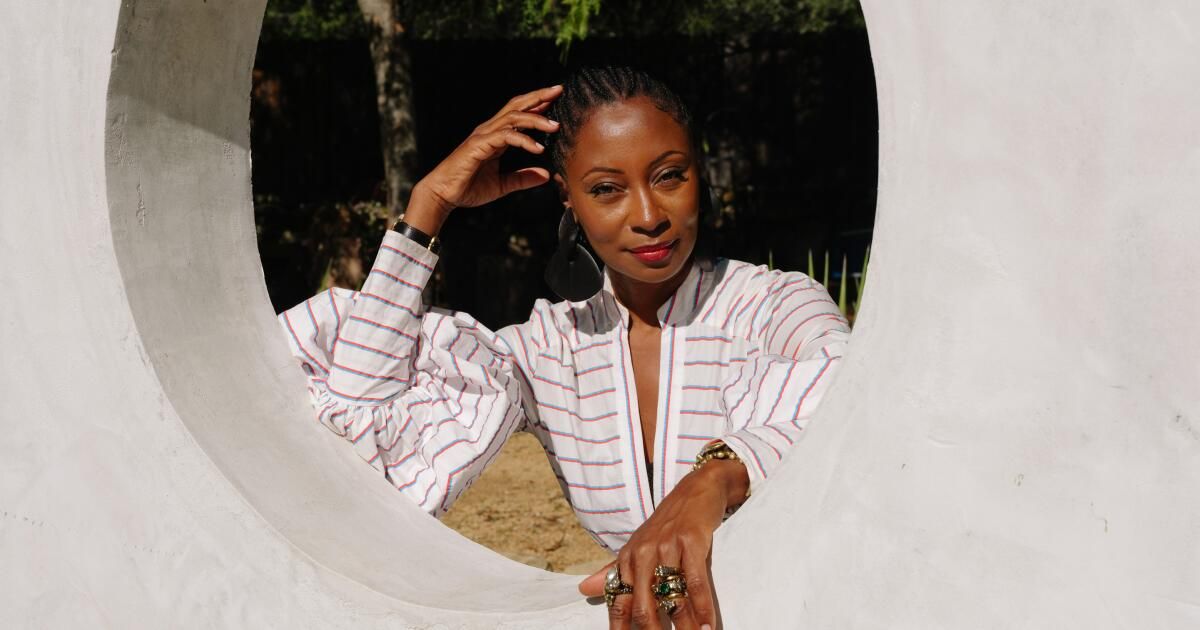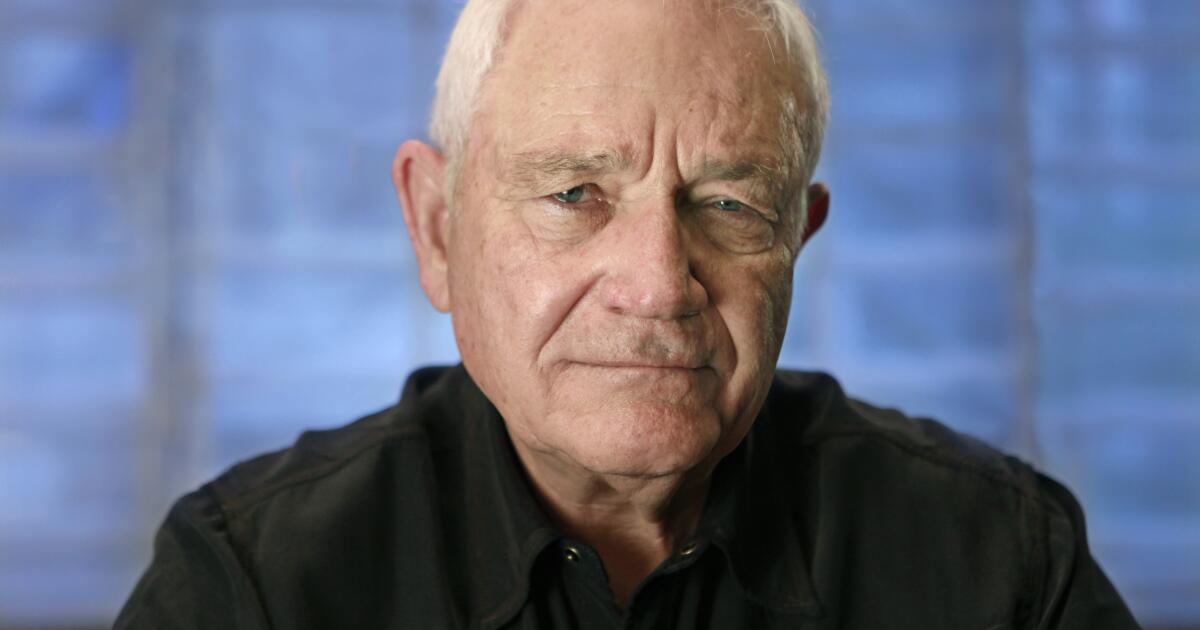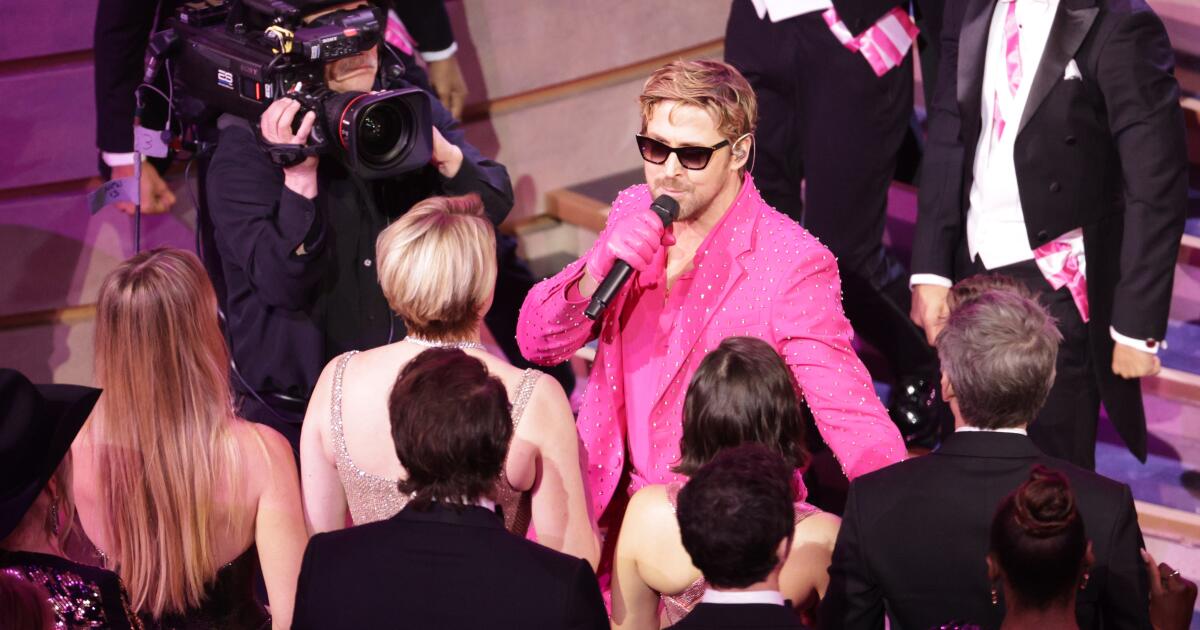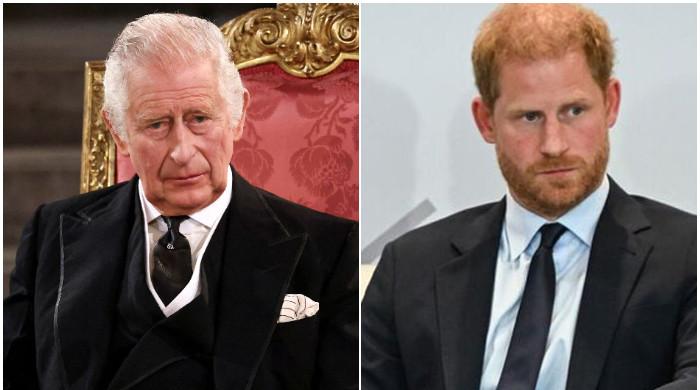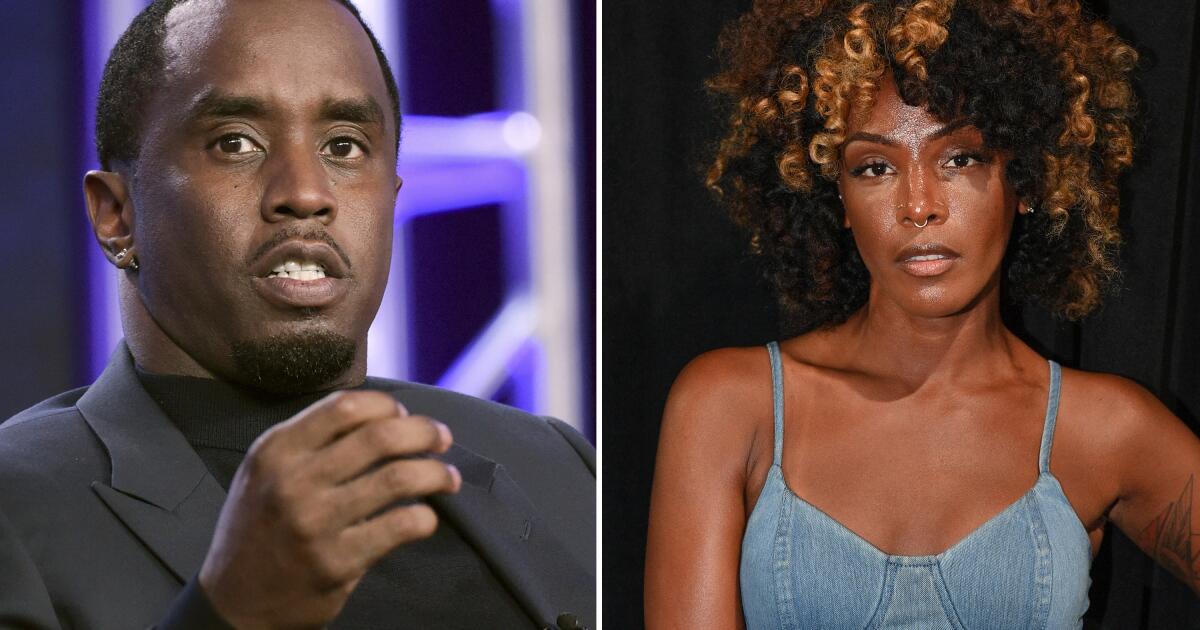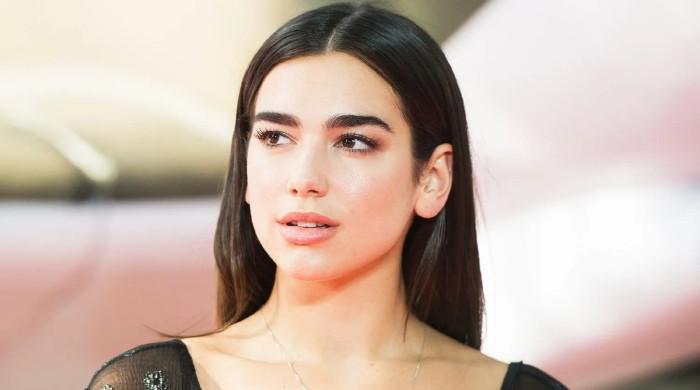You may not know Fatima Robinson by name, but you certainly know her moves. The veteran dancer and choreographer, recently cast in the musical “The Color Purple,” rose to fame at age 21 arranging dances for Michael Jackson in his 1991 “Remember the Time” video. Since then, he's worked with Beyoncé on the Academy Awards, TV shows like “black-ish” and “American Idol” and the 2022 Super Bowl. And this year she joined the film academy as one of the few admitted choreographers. Robinson quickly gets to her feet, but slowed down for a moment to talk to The About about dancing in clubs, Aaliyah's unexpected help in getting her the “Color Purple” job, and why dancing is her direct line to God. .
You never received formal dance training, but there you were, guiding Michael Jackson and Beyoncé through their beats. Now you have choreographed “The Color Purple.” How did you learn your moves?
I always say that clubs are my classroom. I would spend hours there. But once I realized that I wanted to pursue my hobby as a career, I started studying African dance and belly dancing and [other] classes to mix with my style. I don't make it up as I go along, but I've built my career on breaking rules or questioning things like, “Who said we can't do that?”
How did your background in hip-hop and popular dance styles come in handy when choreographing “Color Purple”?
African dance made me understand that hip-hop dance is just a form of that. They brought us here, but they couldn't get the rhythm and dance out of our bodies, so it keeps reinventing itself. When it comes to the history of African dance and how that movement evolves [you] …understand that the stomping, the steps, the clapping, and the hand movements had to come from somewhere. So I take creative license to say, “This feels good. “It sounds like music that would have been played during slavery.” Then, from outside slavery, “What is our movement?” There were really many conversations with the director. [Blitz Bazawule] to understand that movement. It's also finding it in the room with the costumes, hair, makeup and being on set. We chose movements that seemed right to us.
Taraji P. Henson, Fantasia Barrino and Danielle Brooks get their groove on in “The Color Purple.”
(Images from Warner Bros.)
Bazawule also had you choreograph narrative aspects, such as how the camera moved around the actors. Why was it necessary?
When you do a musical like this, I have about 10 or 14 dancers that I can choreograph. The script reads: “Shug comes to town, the dancers dance.” Then I start my imagination. I create all these little showcases and place the dancers in the showcase and give them a movement that suits the character. A lot of those things are using my imagination. Then we'll film it, edit it, and hand it over to Blitz to get his creative juices flowing.
Do you normally have that much access to a movie?
No. People understand when they hire me that they are getting more than just a choreographer. I even go so far as to talk to the costume designer to make sure we have the right shoes, aprons, hats or glasses. All those things are also important for dance.
Is there a technical term for the rough draft of the film you create with the scenes for the director? Is it pre-visualization…dance?
No, it is simply called Camino de Fátima.
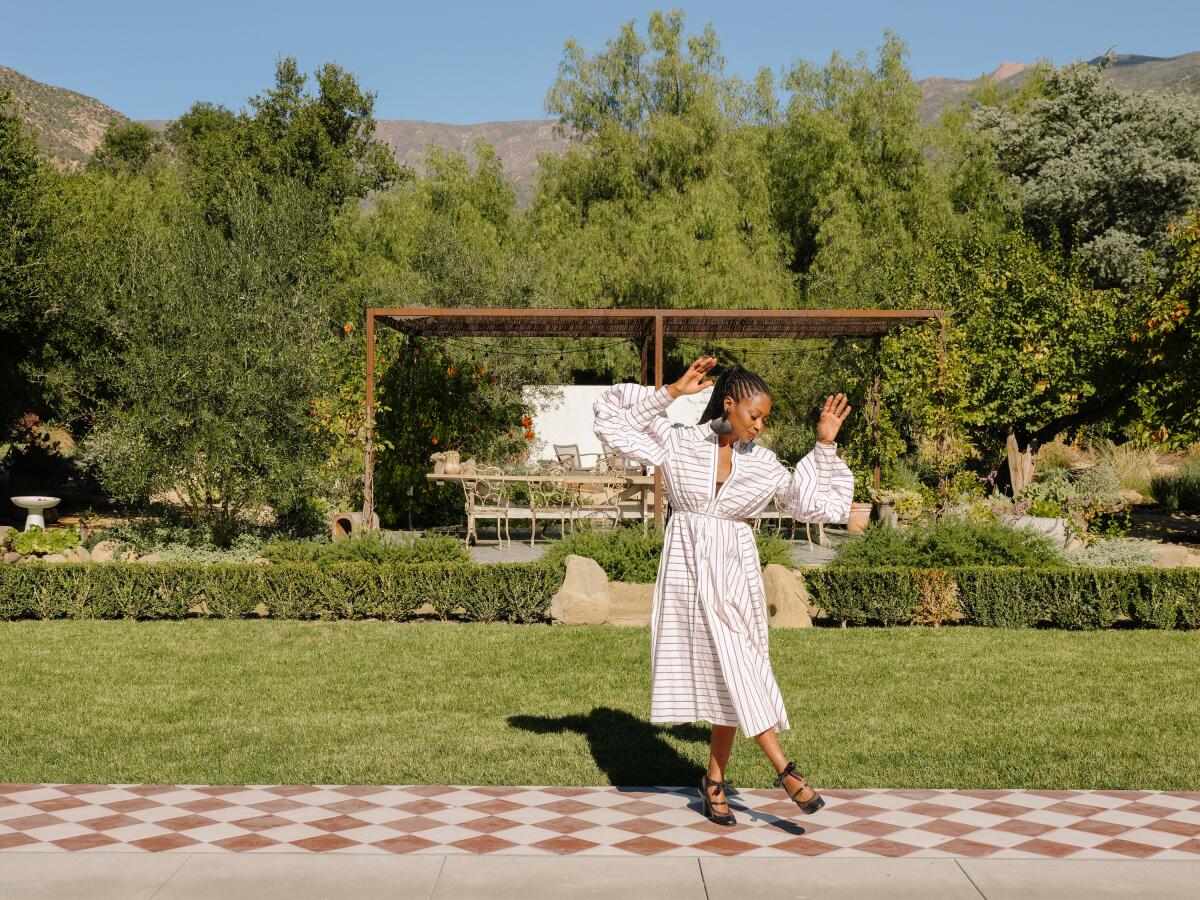
“When they hire me, people understand that they are getting more than just a choreographer. I even go so far as to talk to the costume designer to make sure we have the right shoes, aprons, hats or glasses. All those things are also important for dance,” says choreographer and academy member Fatima Robinson.
(Jessie Webster / For The Times)
Blitz told The Envelope that she had regular conversations with her women's team to make sure she was doing things right, story-wise. Were you one of those confidants?
Completely. We were always taking care of the ladies and looking for moments to share the sisterhood. Blitz is a special director because he is very creative and versed in many other things.
How did you two originally connect?
When Blitz was in high school [in Ghana]There was a talent show and he choreographed a music video I had made for Aaliyah. [“Are You That Somebody”]. Back then, Blitz said, “I'm going to work with that girl [Robinson] one day.” And this turned out to be the perfect time to work together. We immediately vibed and I supported him from day one.
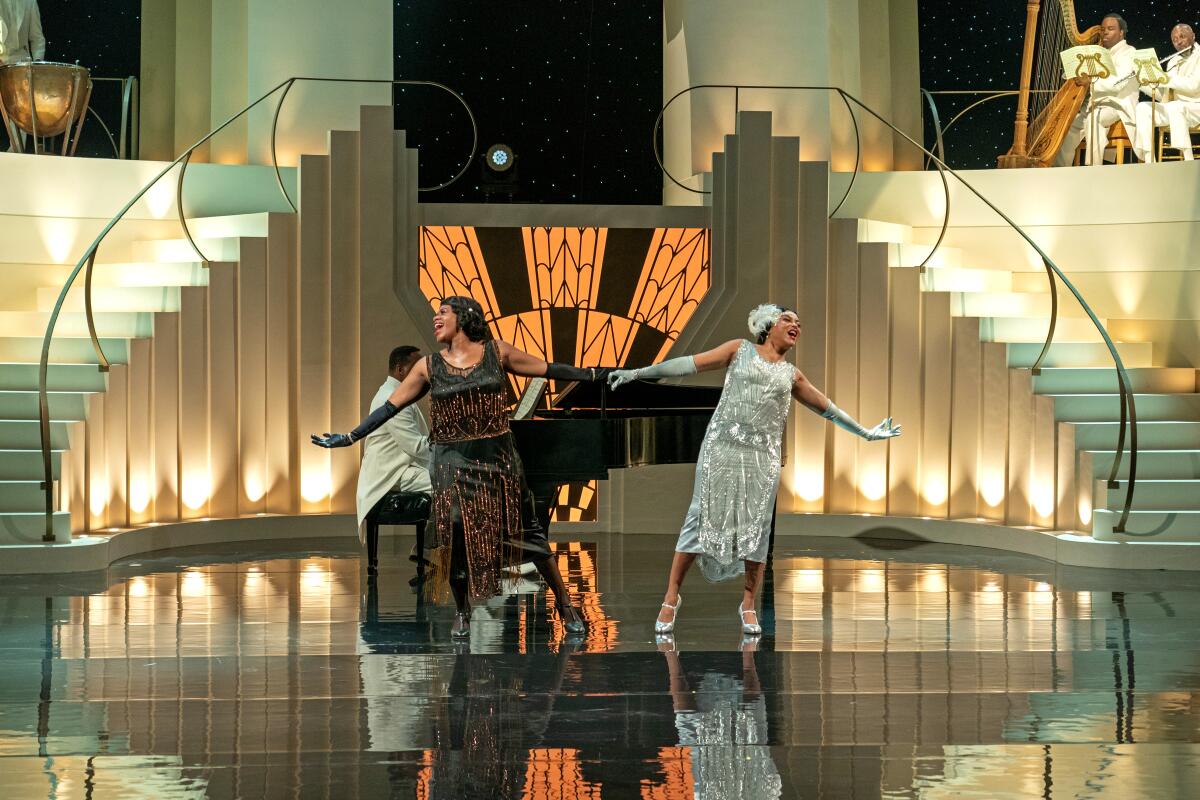
Fantasia Barrino and Taraji P. Henson dance in a fantasy sequence in “The Color Purple.”
(Eli Ade/Warner Bros. Pictures)
What made you want to dance? and make it your life's work?
My mother was a religious person and I was not, but for me dancing is where I felt closest to God. My mom didn't want me to dance and some people at church called dancing “the devil's dance.” But I thought, “How could something that makes me feel closer to God be bad?” So I went against my family and followed what I wanted to do and did it pretty well.
So, have they talked about it again since then?
Oh, 100%. My mom takes credit for everything I do. Anything.

